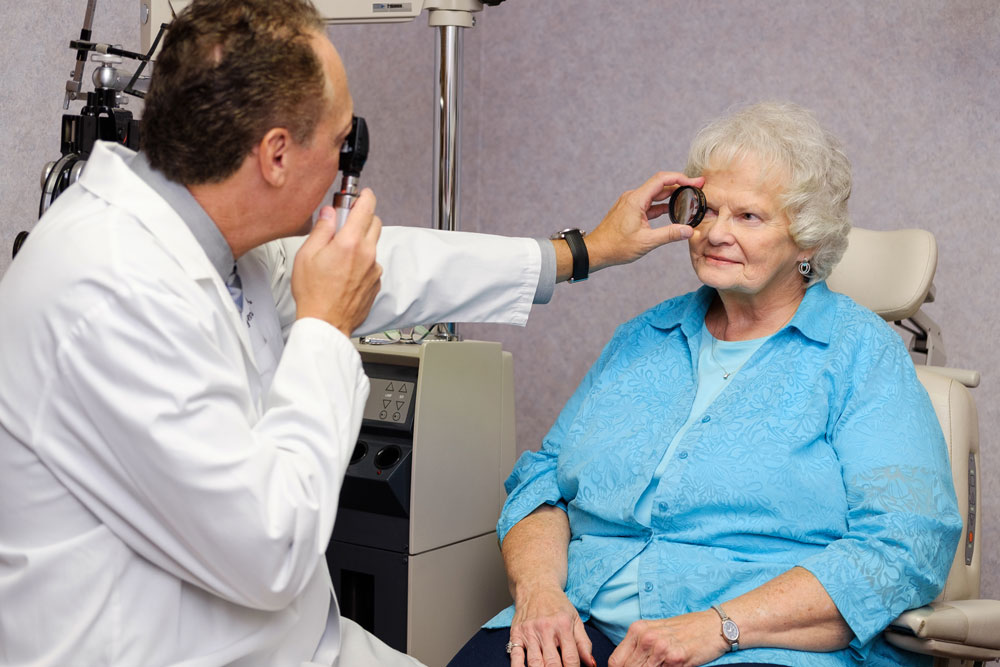Glaucoma
Learn about glaucoma symptoms, screening and treatment.
What is Glaucoma?
Glaucoma involves a deterioration of the optic nerve caused by high pressure in the inner eye, and it can lead to vision loss if left untreated. This condition can occur at any age, but it’s seen more often in older adults. People with a family history of the disease and those who have diabetes or other eye conditions may be at higher risk.
There are two primary forms of this eye disorder. Open-angle glaucoma is the most common type. This form of the disease develops when the fluid doesn’t drain out of your eye the way it should. Treatment options depend on your specific situation, but catching the problem early helps ensure the best long-term outcome.
Closed-angle glaucoma is less common but more serious. It develops when the area between the iris and cornea narrows and becomes too small for fluid to drain out properly. This form causes a rapid rise in eye pressure that requires quick treatment to prevent long-term damage.


Understanding the Symptoms
Glaucoma symptoms can be subtle, and many people don’t feel any pain or notice symptoms at all. Headaches, blurred vision and sudden eye pain may develop in people who experience a quick rise in eye pressure. This eye condition is typically asymptomatic, though, so you might not even know you have it until things get more serious.
In many cases, the first sign of a problem is a loss of peripheral vision, which usually occurs late in the progression of this disease. The risk of vision loss is why early testing is so important. Our eye doctors here at Canton Ophthalmology Associates are experts at recognizing the first signs of glaucoma and can make a diagnosis as early as possible, so you get the treatment you need before noticeable vision loss occurs.
How Can I Get Tested?
Early detection lets you get treatment as soon as possible and helps reduce the risk that optic nerve damage will progress to full vision loss. Testing is typically included as part of your regular annual eye exam. During testing, your ophthalmologist may measure your eye pressure and dilate your eyes for direct examination or imaging tests.
Side vision testing, also known as visual field testing, specifically assesses your peripheral vision and helps your ophthalmologist check for areas of vision loss. This test is especially important because it lets your eye doctor monitor your peripheral vision over time and see whether treatment is working properly. Effective treatment can relieve pressure on the optic nerve and slow vision loss, so tracking treatment progress is essential.
Yearly exams make it easier to detect problems and get treatment started right away. Everyone over 40 should get annual screenings to check eye pressure.
Glaucoma Treatment
The goal of treatment is to lower eye pressure. Early treatment for this eye condition typically includes prescription eye drops and regular screening to ensure the optic nerve remains healthy.
Glaucoma surgery is available for people with severe cases or if eye drops aren’t solving the problem.
If you’ve been diagnosed with glaucoma, your ophthalmologist may schedule you for regular appointments every three to six months to monitor the condition.
To schedule an eye exam that includes glaucoma screening, contact us today at 330-456-0047.
